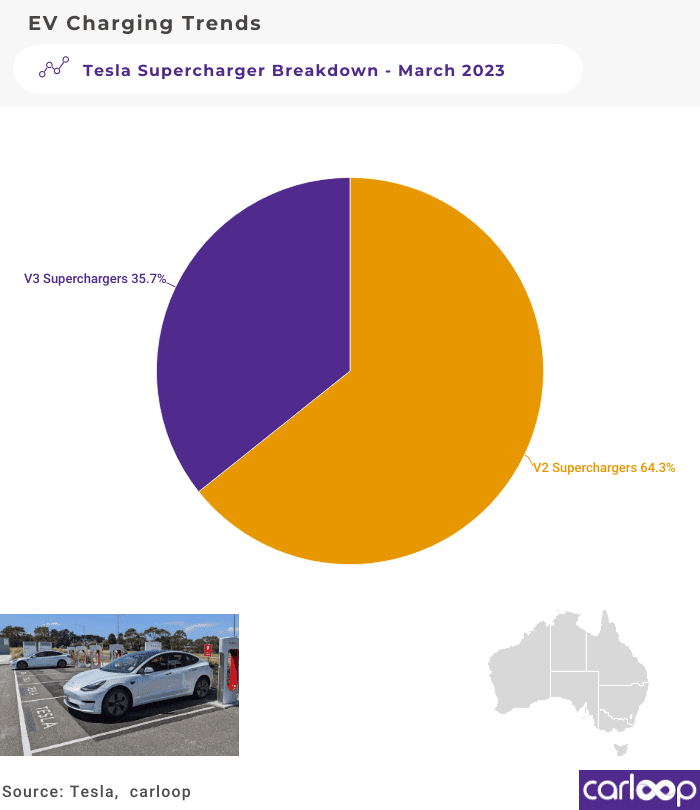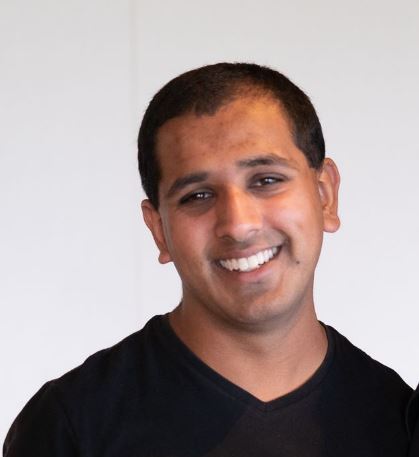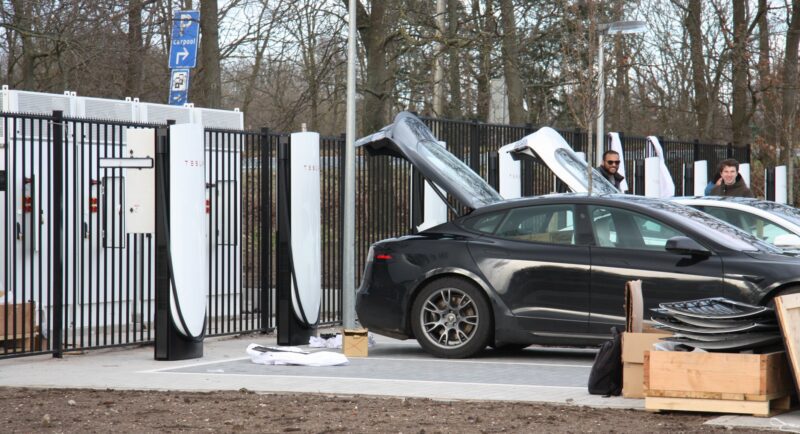A fortnight ago, news emerged of a Tesla supercharger site in the Netherlands which was suspected to be the first with the new V4 supercharger. The site was under construction and no units were physically spotted that could verify if these were the next generation of superchargers.
Now, more details have emerged outlining various details of the site and the first V4 superchargers that it is hosting.
Tesla initially started the rollout of its current V3 superchargers in the US in 2019. These chargers are capable of 250 kW in charging speed.
Four years later in 2023, the next generation of superchargers has finally started to be rolled out. This time around, it’s in Europe with chargers theoretically capable of charging at up to 350 kW.
The 16 stalls at this site in Harderwijk, the Netherlands, have the newer taller V4 units which also have longer cables, making them more usable when charging non-Tesla EVs. Some of the first commissioning photos showcasing the new V4 units were taken by fritsvanens on Twitter.
#tesla #V4 Tesla is not waisting time. 16 stalls up… sneak peak at the inside of the charger pic.twitter.com/uCAtsIbnc5
— fritsvanens (@fritsvanens) March 13, 2023
Tesla staff also informed fritsvanens that the site will be fully commissioned in March ready for charging.
#Tesla #V4superchargers #Harderwijk
Almost ready. pic.twitter.com/88eELCqgPK— fritsvanens (@fritsvanens) March 14, 2023
Others, like Tsla Chan on Twitter, have used some of the internal photos to do a side-by-side comparison between the V3 and V4 superchargers.
$TSLA @fritsvanens
• Tesla V4 superchargers are currently being installed in Europe.
– This is a comparison picture of V3 supercharger and V4 (Internal) pic.twitter.com/cgymVi5LyI— Tsla Chan (@Tslachan) March 13, 2023
Design-wise, the new units are taller and looking at the internals, there seems to be a bit more going on compared to the current V3 superchargers.
The cable when being used with a CCS2 port like the one available in Australia, the new superchargers can easily reach the Tesla port while parked in the available parking bay.
#NieuweProfielfoto pic.twitter.com/GFosdBd5qK
— fritsvanens (@fritsvanens) March 15, 2023
The charging output from the V4 superchargers is currently still the same at 250 kW but the V4 superchargers do have a higher amperage. The rated current on the V3 superchargers is set to 425 A, while the V4 superchargers can reach up to 615 A.
These may be fully utilised by vehicles like the Cybertruck in the future.
Another interesting point to note is that the V4 superchargers are made in Tesla’s Buffalo New York factory and exported to the Netherlands for this installation.

Tesla superchargers are industry leaders when it comes to charging technology, ease of use, number of charging bays/stalls per site and most importantly reliability.
Tesla clearly has plans to open more of its network to other EVs and has been doing it for many months in Europe, it’ll lower charger anxiety for those looking at making the switch to an EV.
Currently, the majority of the sites in Australia still happen to be the V2 superchargers so sites with more V4 supercharger stalls will be a bit of a game-changer.

A trial in Australia began at the end of January with five sites being opened to non-Tesla EVs. With newer sites also expected to be future-proofed, longer cables and faster speeds would be welcomed by drivers around the country.
We look forward to seeing a V4 site deployment in Australia in the coming months given the use of CCS2 charging port in Australia.

Riz is the founder of carloop based in Melbourne, specialising in Australian EV data, insight reports and trends. He is a mechanical engineer who spent the first 7 years of his career building transport infrastructure before starting carloop. He has a passion for cars, particularly EVs and wants to help reduce transport emissions in Australia. He currently drives a red Tesla Model 3.

